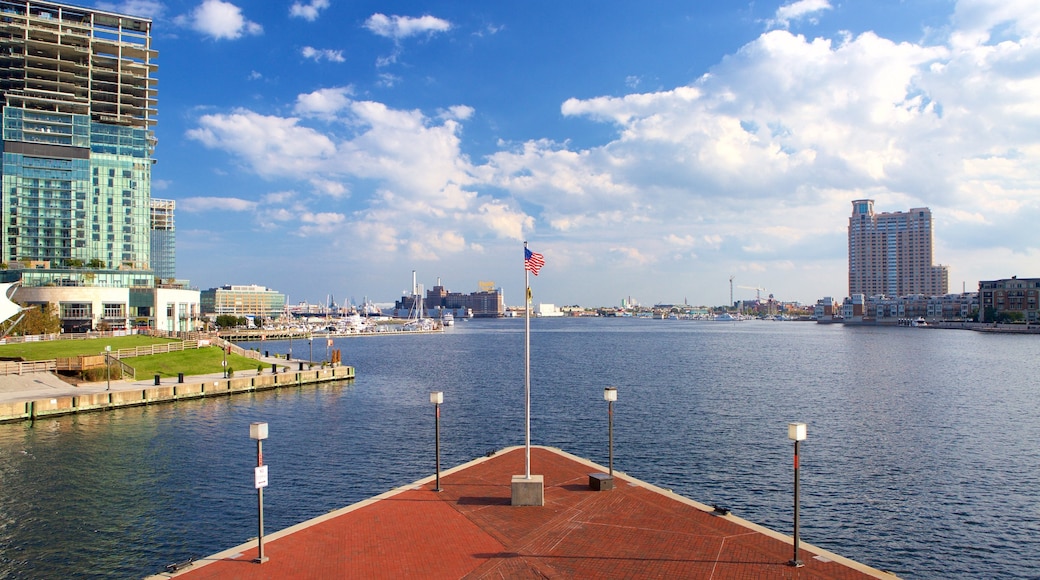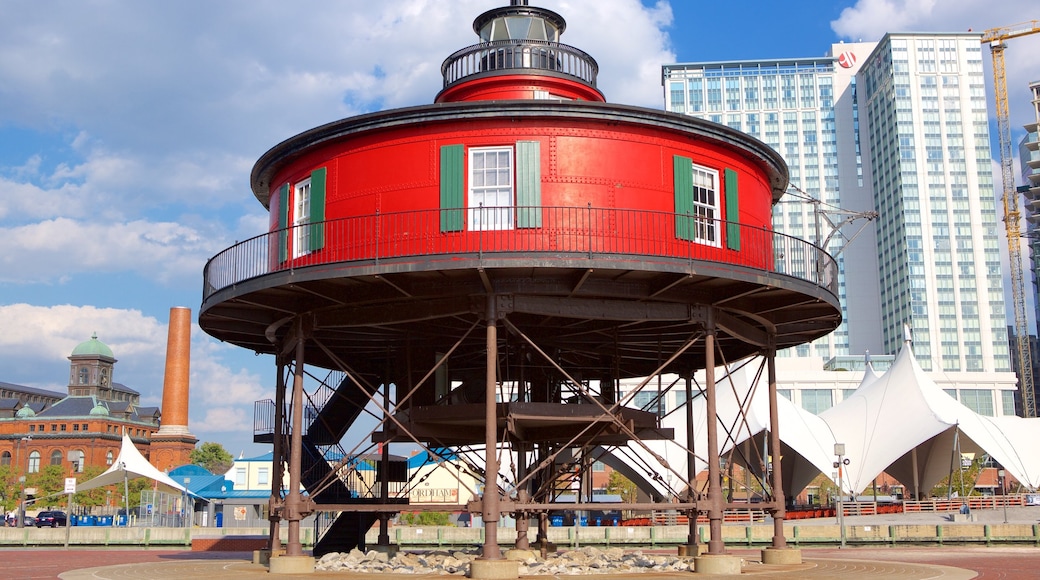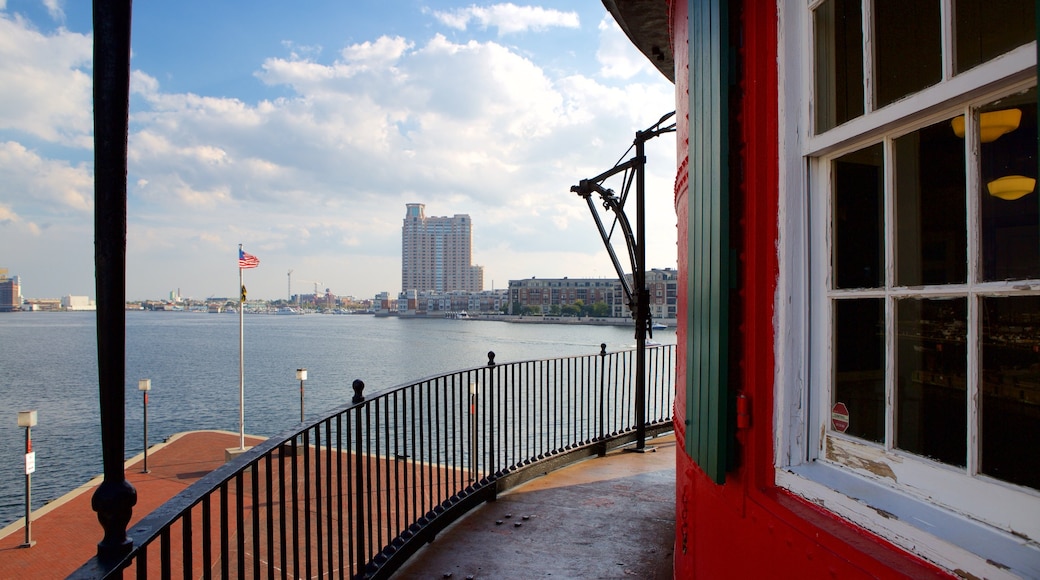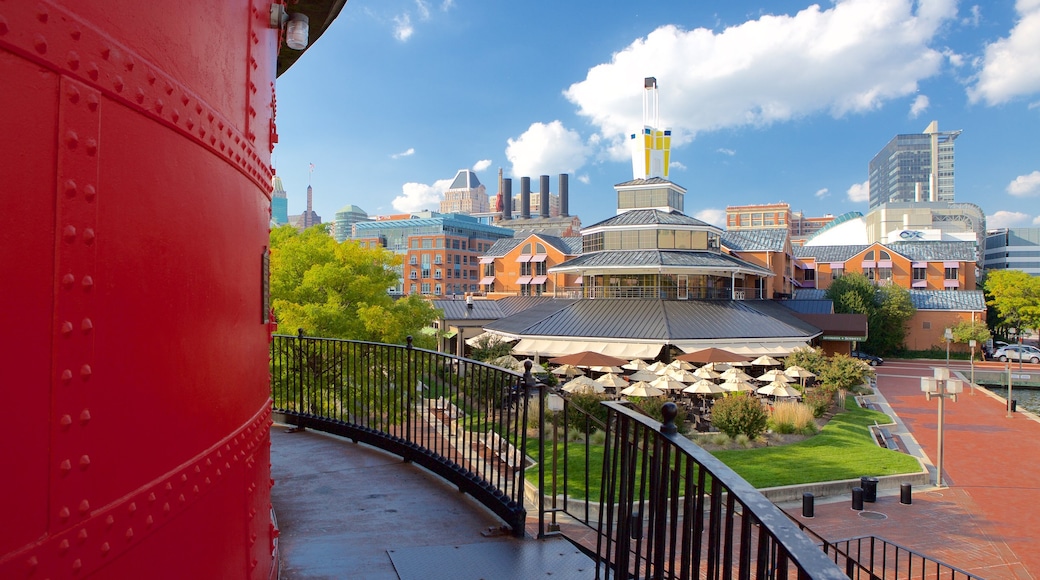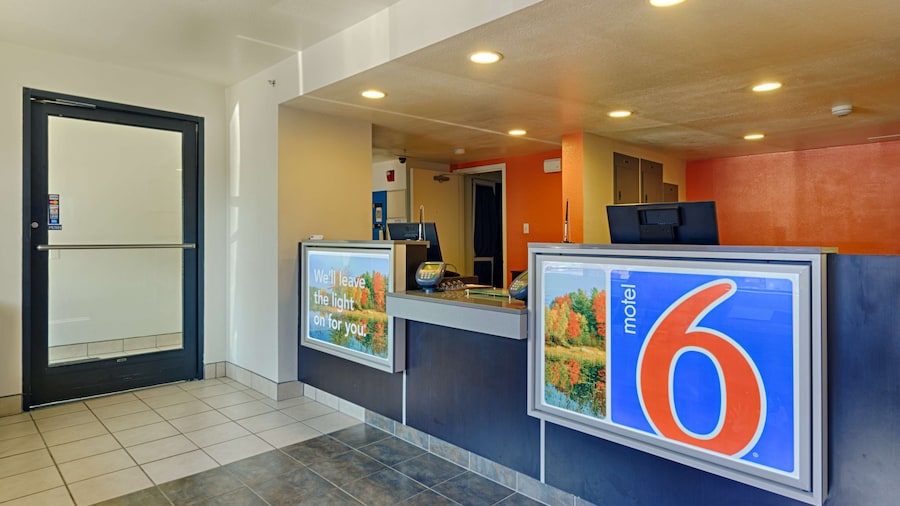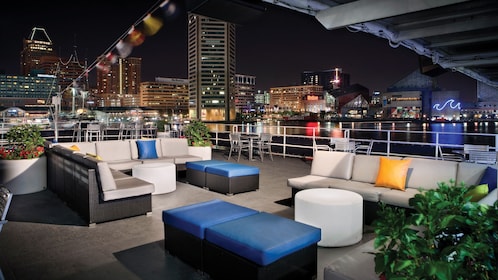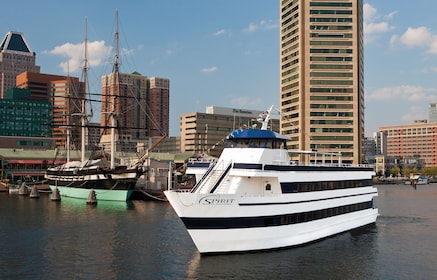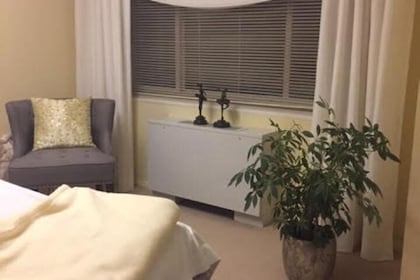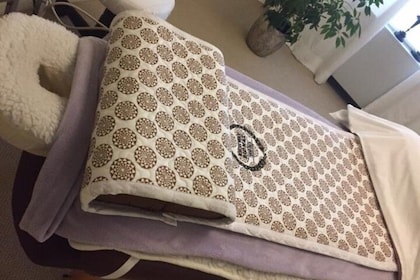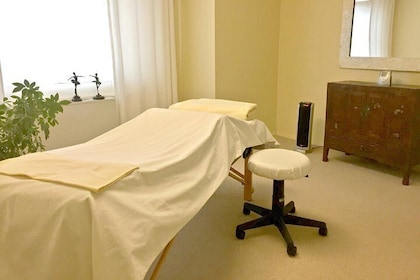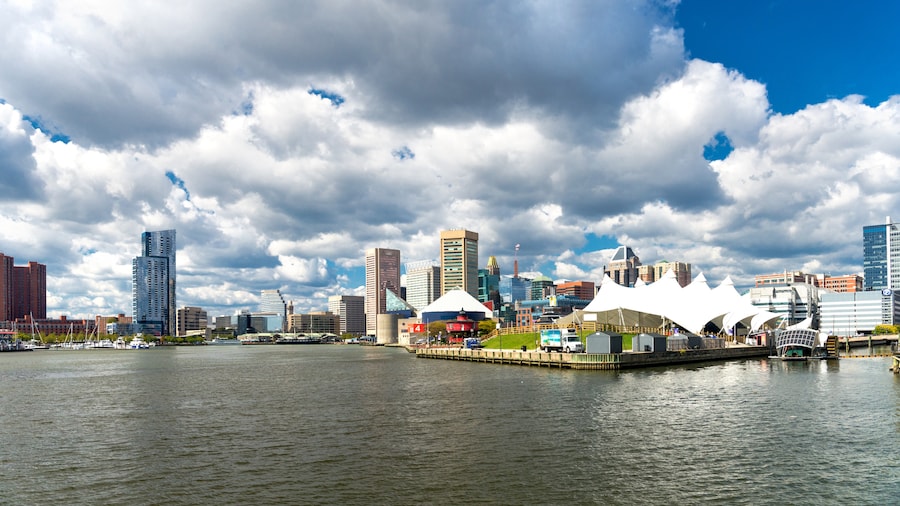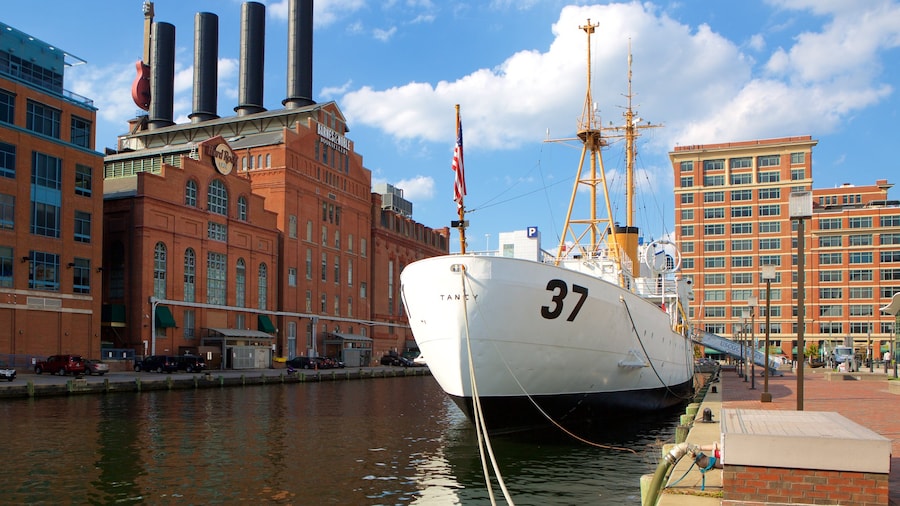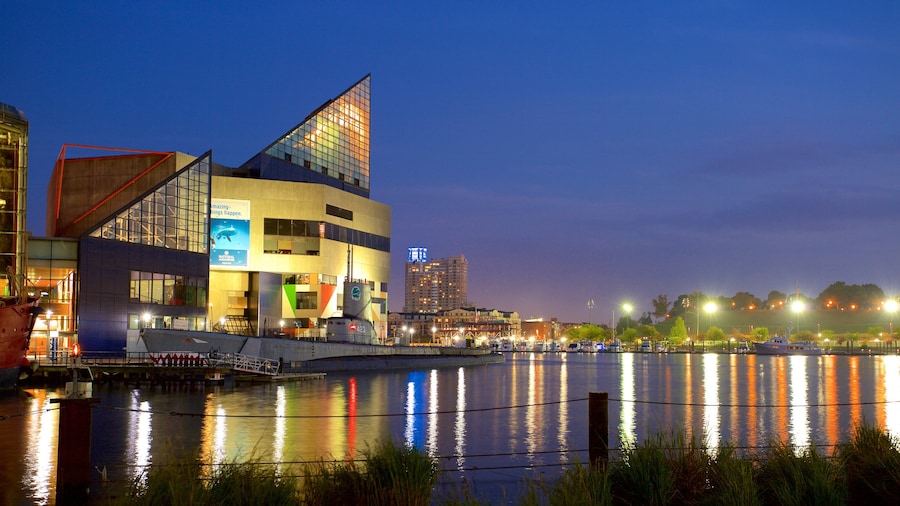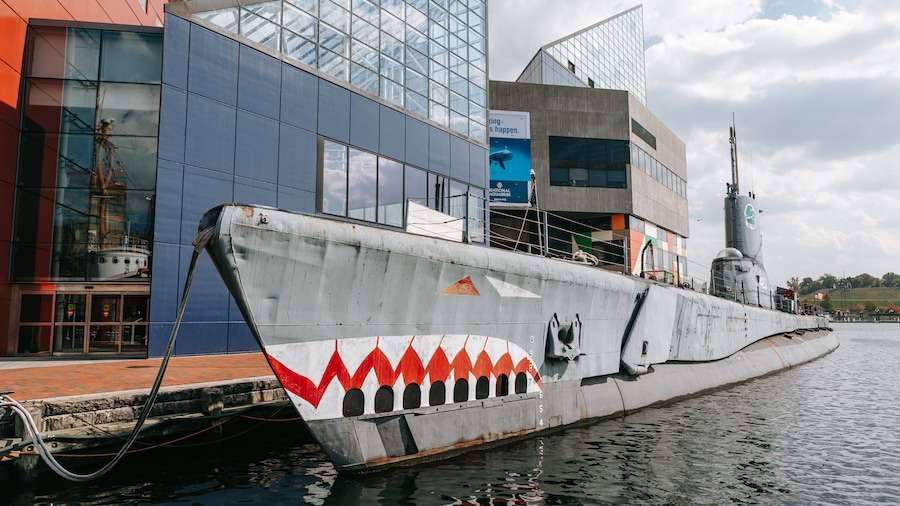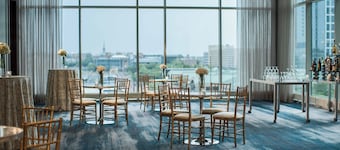This screw-pile lighthouse, one of the oldest Chesapeake lighthouses still in existence, features fascinating museum exhibits and views over Baltimore’s harbour.
Built in 1855, the Seven Foot Knoll Light is the oldest screw-pile lighthouse in Maryland and draws visitors from all over the state. Admire its unusual design, which features a cylindrical house set on top of wrought iron piles.
The lighthouse was initially installed on a shallow shoal called Seven Foot Knoll, located at the mouth of the Patapsco River in Chesapeake Bay. The structure was replaced by a more modern navigational aid in the 1980s and it was moved to the Inner Harbor area of the city to act as a museum exhibit. Note that the building is now listed on the National Historic Register of Historic Places.
Contemplate the rolled-iron lighthouse’s complicated design. The gallery deck was built to sit 9 feet (3 meters) above high tide level, with the lighthouse keeper's house located directly above. At the top of the house sits the light beacon, a fourth-order Fresnel lens. The lighthouse was originally manned by keepers of the U.S. Lighthouse Service and later by the U.S. Coast Guard.
Learn about the history of the lighthouse through the exhibits displayed inside. Read profiles of the keepers who lived here and details of a life-saving rescue mission of a local tugboat crew during the 1930s. Enjoy wonderful views over Baltimore’s harbor from the lighthouse's exterior balcony.
Find the Seven Foot Knoll Light at the south end of Pier 5 in Baltimore Harbor. It is open every day throughout the year, except during January and February, when it opens only on weekends. Admission is free. Visitors can park at any of the public parking lots in the Inner Harbor area, where standard parking charges apply. Alternatively, the free Charm City Circulator shuttle bus service stops one block east of the harbor, at the corner of Light Street and Pratt Street.
While you are in the area of Seven Foot Knoll Light, be sure to visit the U.S. Coast Guard Cutter ship, the Taney, which is also located at Pier 5. Take a tour of this historic boat, which carried out search and rescue duties in Hawaii during World War II.
